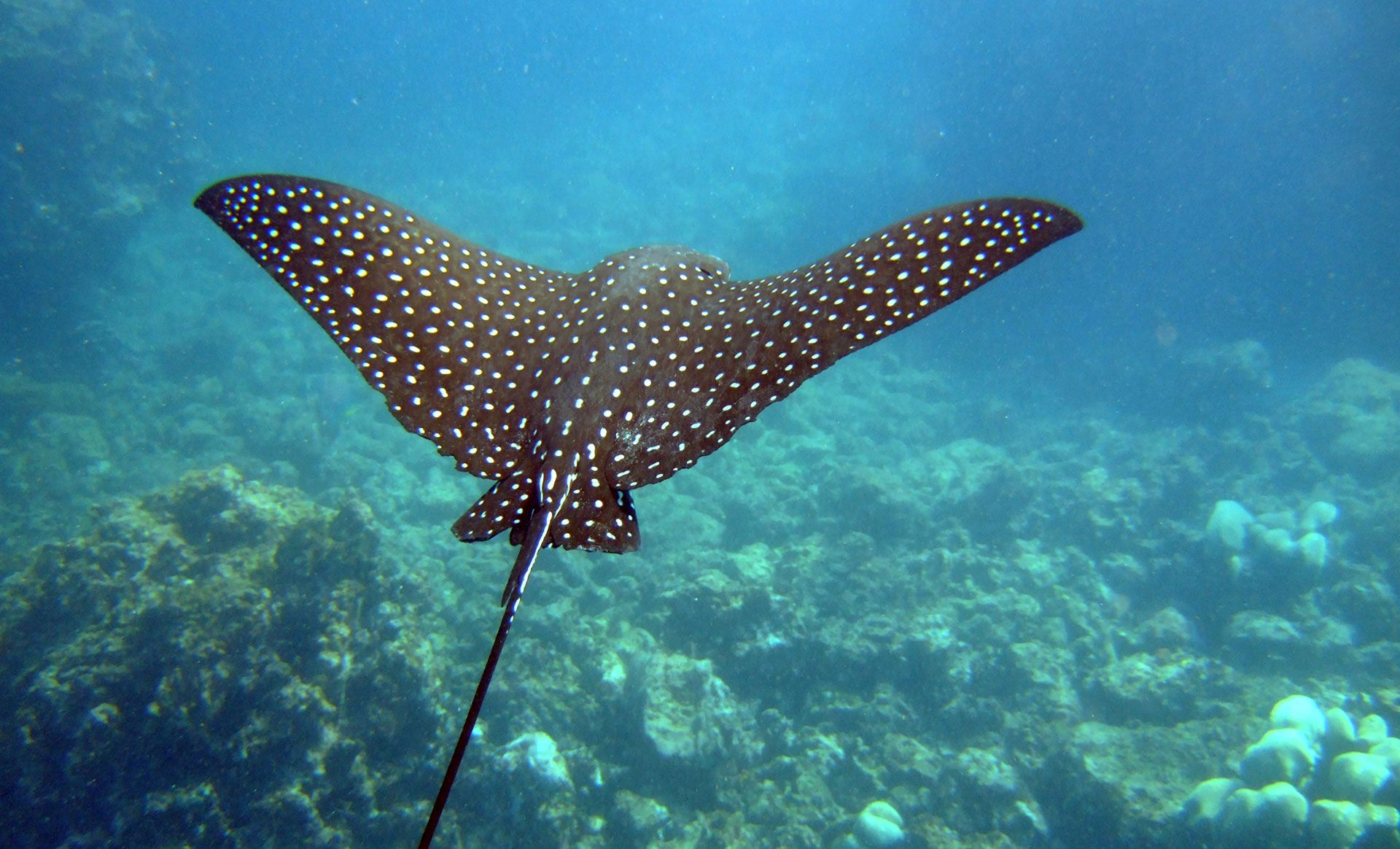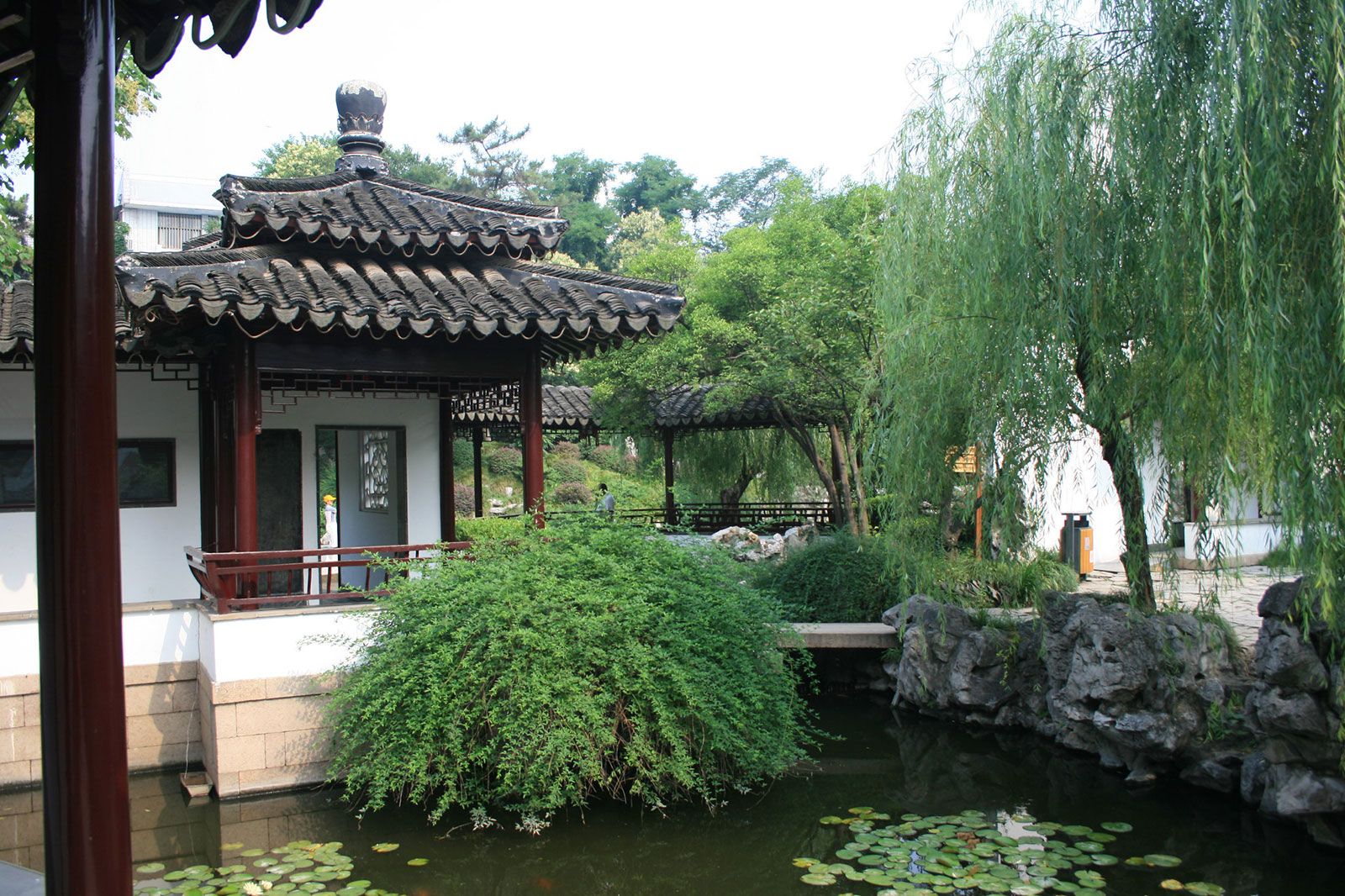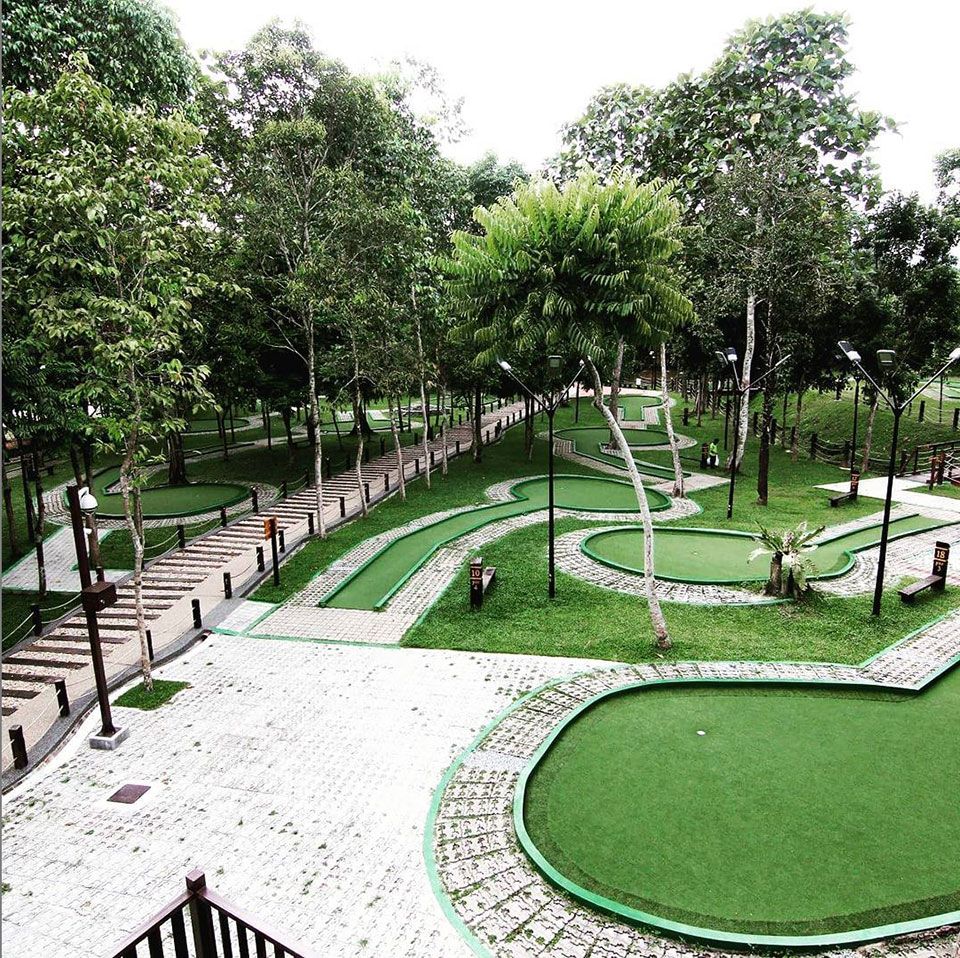The Republic of Palau, a tropical archipelago located in the western Pacific and made up of over 340 islands. All these islands make up a land area of approximately 180 square miles with a population was over 21,000. Palau is also home to some of the world’s healthiest and most impressive UNESCO-listed reefs.
Palauans may represent many parts of Melanesia, Micronesia and Polynesia. However, they are not traditionally considered to be Micronesian. English and Palauan are the official languages, although some islands also give official status to their own languages. The state of Angaur is actually the only place in the world where Japanese is an official language, as Japan has no official language.
It is our responsibility to show our guests how to respect our island home, just as it is their duty to uphold the signed pledge when visiting.
– said Tommy Remengesau,
President of the Republic of Palau.
Palau’s pledge
Palau is the first nation on earth to change its immigration laws for the cause of environmental protection. Upon entry, visitors need to sign a passport pledge to act in an ecologically responsible way on the island, for the sake of Palau’s children and future generations of Palauans.
Every tourist who takes the pledge needs to follow this sustainable tourism checklist or risk a fine.
- Don’t collect marine life souvenirs
- Do support local businesses and communities
- Don’t feed the fish and sharks
- Don’t drag fins over coral when swimming
- Don’t touch or step on coral
- Don’t take fruit or flowers from gardens
- Do learn about the culture and people
- Don’t touch or chase wildlife
- Don’t litter
- Don’t smoke in restricted areas
This Pacific archipelago of about 200 natural limestone and volcanic islands, covered in lush forests and surrounded by an aquamarine lagoon. However, large-scale mass tourism is threatening to destroy its fragile environment, rich in biodiversity. Tourism can provide wealth, but when large numbers of visitors go to a destination, it can have positive and negative impacts.
Education will play an important part in supporting the pledge as locals commit to protecting and celebrating the uniqueness of their sacred home.
The country has become the first country to ban many kinds of sunscreen, in a move to protect its coral reefs from chemicals
History of Palau
Palau islands were made part of the Spanish East Indies in 1885. Following Spain’s defeat in the Spanish–American War in 1898, the islands were sold to Imperial Germany in 1899 under the terms of the German–Spanish Treaty. In 1947, the United Nations decided the United States would administer Palau as part of the Trust Territory of the Pacific Islands. Palau voted in 1994 to freely associate with the United States while retaining independence under the Compact of Free Association.
Like other Pacific Island countries, Palau is particularly vulnerable to the impacts of climate change, including severe weather events and rising sea levels.
Pacific Island nations are facing threats and challenges to their seas and lands, cultural heritage, and livelihoods from development, climate change, and increased global demand for resources.
The cities are well developed and clean.
Almost all internet and telecommunications are provided by the Palau National Communications Corporation (PNCC). An international SIM card can be assigned a local number upon arrival. Free Wi-Fi can be found in many hotels, restaurants, and coffee bars, but this is relatively slow and unreliable.

Biodiversity
Dense tropical broadleaf forests cover most of the volcanic and all of the limestone islands, with the exception of Babeldaob
The upland forests of Palau are the most species diverse in Micronesia and contain several endemic species. There are six native palm species, generally found in the understory or middle canopy layers of the forest.
Because of agroforestry, little remains of the native atoll forests, except on uninhabited atolls. Atoll forests are found toward the interior of the larger, wetter uninhabited atolls and along coasts of the high islands.
Limestone forest is found on the coral islands of Peleliu, Angaur, and the Rock Islands.
Originally, Palau was probably almost completely forested; today, forest cover is only about 75 percent.
Want to learn more about sustainable travel? Check our other posts about sustainable travel.












